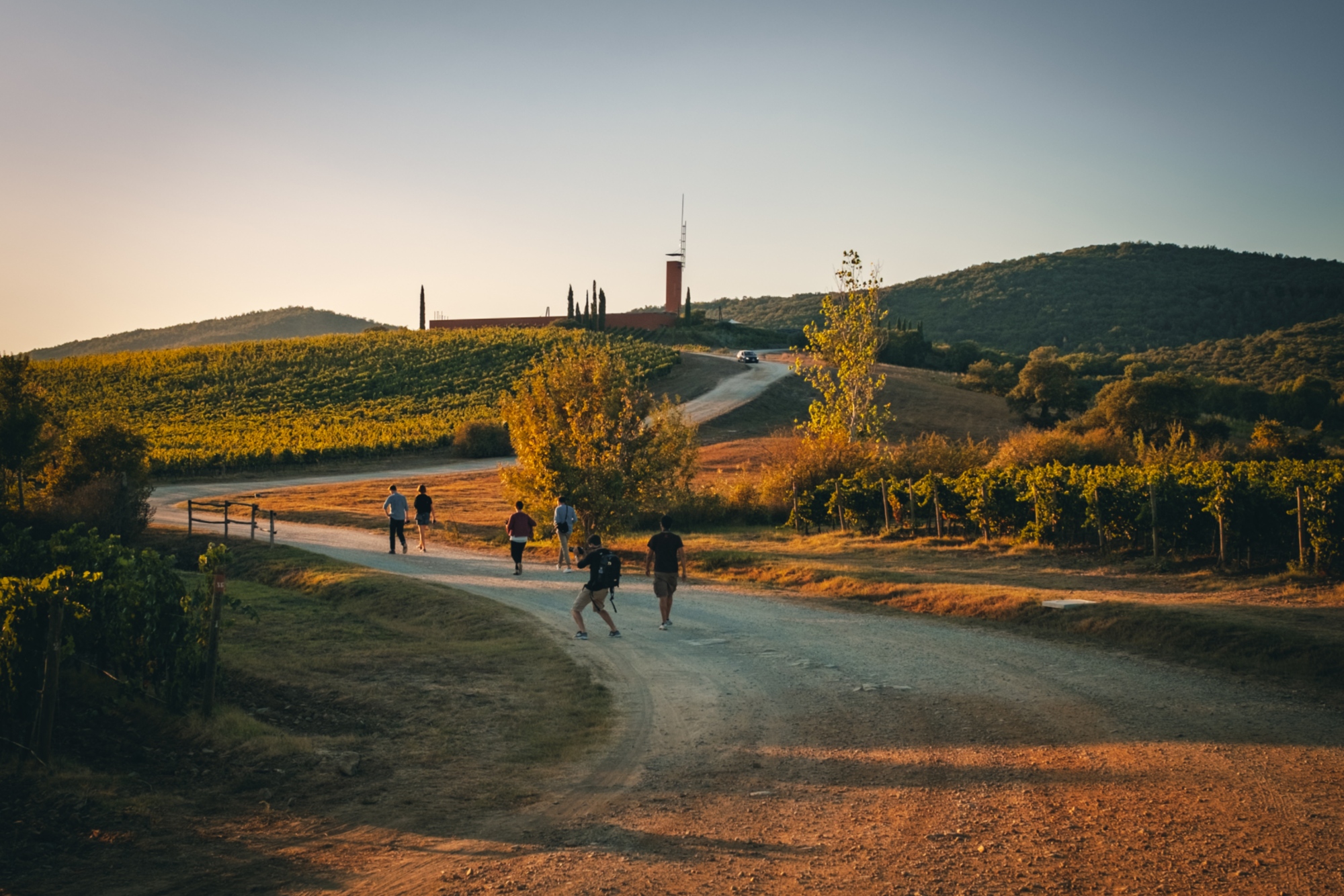
The tradition of chestnuts in Lunigiana: from the woods to DOP flour
Let's discover the chestnuts of Lunigiana: the phases and practices that allow us to taste one of the best known and appreciated local products
Chestnut in Lunigiana has always been known as "the bread tree" due to the fact that they have fed the local population over the centuries, especially during difficult times of war and famine. For this reason, the people of Lunigiana looked after the chestnut groves as if they were gardens, keeping them tidy and clean, a job that involved the whole family and that marked the passing of the seasons.
Autumn was the period dedicated to harvesting the precious fruits of this tree and a series of ritual operations evolved around the act that lead to the obtaining of a unique product: chestnut flour.
-
1.Cleaning of the chestnut grove and harvesting
-
2.The gradile and its traditions
-
3.The shelling
-
4.How the flour is obtained...
-
5.The tradition today
Cleaning of the chestnut grove and harvesting

At the beginning of September, chestnut groves were cleaned of small shrubs such as heather, ferns and juniper that grew at the foot of the trees, which in turn were pruned of unnecessary shoots and dry branches.
Traditionally, the actual harvest began on the occasion of the feast of San Michele (29 September) and was carried out using short-handled rakes with the help of women and children who collected the chestnuts in large wicker baskets called baskets or cavagni. These were then transported to the drying room on the back of a mule or by the women themselves holding the heavy sacks on their heads.
The gradile and its traditions

The place set up for drying chestnuts was the gradile, a small two-storey stone rural building that could be found in the woods or in one of the many local villages, well isolated from the other houses in the town. On the top floor, chestnuts were placed on racks that allowed the smoke from the fire lit on the lower floor to dry the fruits, removing moisture that would have compromised their conservation.
In this period, the gradile became a meeting point for family who spent several hours here because the fire had to burn at the right temperature, neither too high nor too low, in order to produce the right amount of smoke. They passed the time by entertaining themselves through the night with vigils where tales, stories and legends from popular tradition were told and passed on. Young girls also received their suitors in the gradile and, if they were not to one's liking, very damp wood was placed on the fire to increase the smoke and "invite" the guest to go out.
The shelling

After 25 days, the drying was complete and it was time to remove the chestnuts from their skin. For this operation, different techniques were used such as putting the fruits inside a sack of hemp which was then beaten on a stump or they were spread in the yard and beaten by pistadors who used mazzaranghe, special sticks that were also used to beat the ground.
But all this was still not enough: to complete the cleaning, baladura was performed, meaning women, men and children walked with their hands resting on each other's shoulders, singing and dancing over the harvest while wearing wooden clogs. The chestnuts were collected in large wooden trays, called vassore, which the women waved in the air with great dexterity to eliminate dust and other impurities. Finally, they sorted out the chestnuts by placed them in a hollow trunk called “corba”, removing any that were damaged.
How the flour is obtained...
The dried and peeled chestnuts were kept rigorously dry in wooden crates called madie (cupboards) and were brought to the mill when necessary. It was possible to grind them from November to April in one of the many water mills in the area, all equipped with large blue stone millstones that werepresent in large quantities in the Bagnone stream and perfect for the purpose. This is how chestnut flour was created. It has a sweet flavor and is characterized by borotalcatura, a kind of powder that is velvety to the touch and fine on the palate.
The tradition today

Lunigiana chestnut flour was awarded the European recognition of Protected Designation of Origin (DOP) in 2006, thanks to the orographic particularities of the Lunigiana territory. The variety of chestnuts used and the drying and grinding conducted with traditional techniques make the flour an exceptional product both for its sweetness and taste.
To remember these traditions of the rural world, every year during the second and third weekend of October in Licciana Nardi the La Castagna Racconta event is organized where the traditional rites are remembered, many of which survive today. You can taste many of the typical products based on the sweet flour.
If, on the other hand, you want to visit a chestnut grove that is still cultivated as it was in the past, we invite you to take the educational path called "The chestnut tells" in Sassalbo (Fivizzano), that has interesting educational panels along the route.


































































































